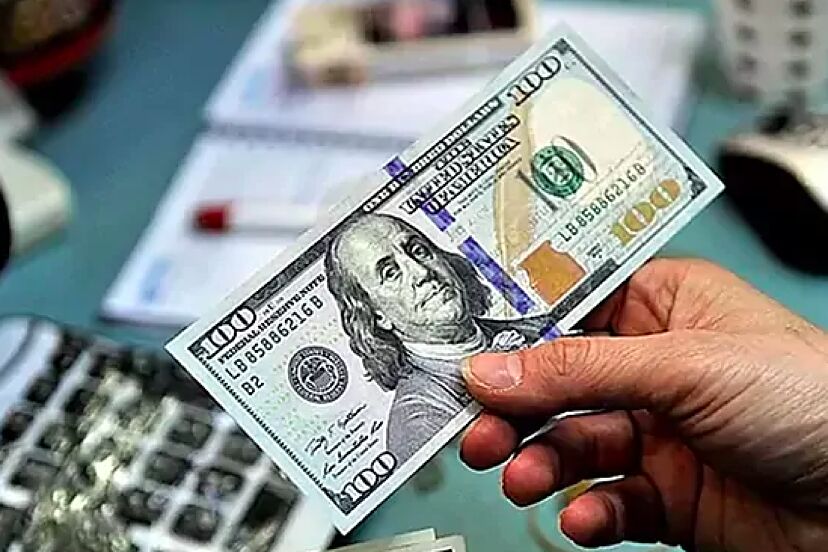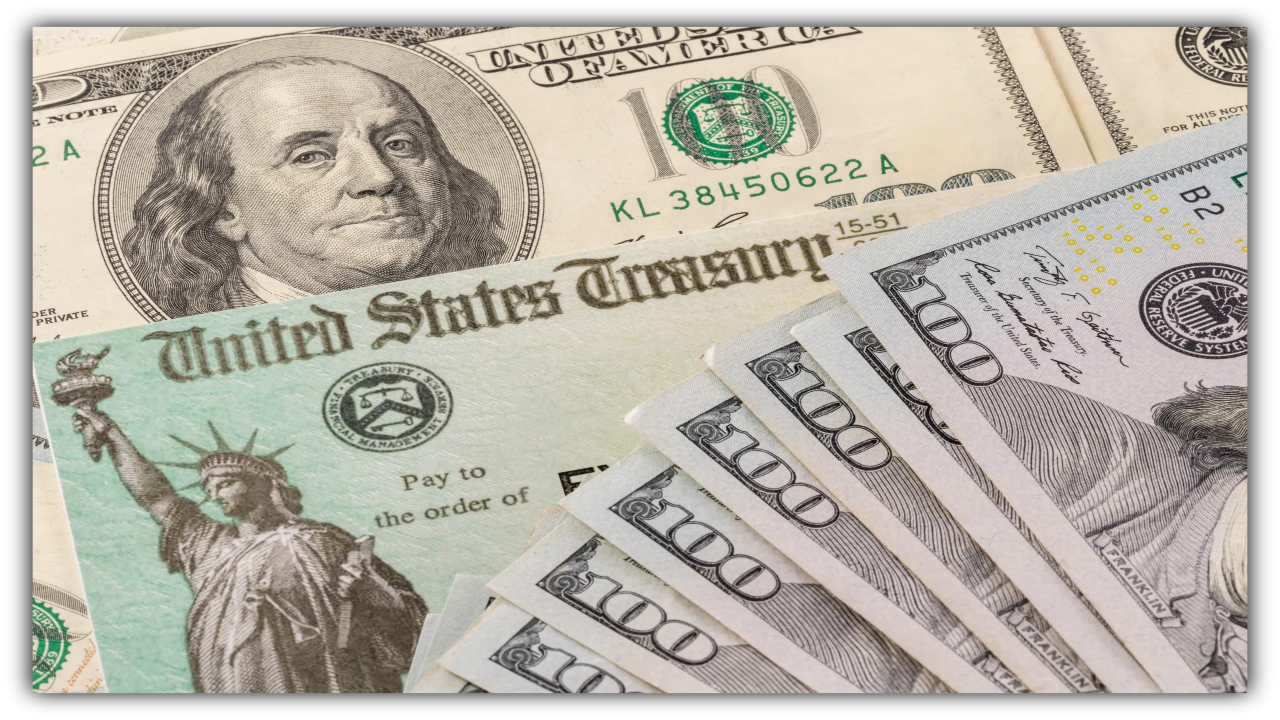The state of Colorado has announced a significant relief measure that will come as a welcome surprise to taxpayers. Residents of Colorado will soon receive a $800 refund on their state income taxes, according to a noteworthy development. In addition to having a good effect on people’s finances, this project seeks to alleviate financial burdens for taxpayers and generate excitement among the people living in the state.

Colorado Taxpayers to Receive $800 Refund – TABOR Surplus Unleashed
Colorado taxpayers are set to receive an $800 refund on their state income taxes, a result of revenue collected above the cap set by the Taxpayer’s Bill of Rights (TABOR). The refund is part of a $3.7 billion over-collected revenue being returned by the state.
Unlike in 2022, when taxpayers receive a check in the mail, the refund will be distributed through higher refunds or reduced tax bills during tax filings. The $800 refund per taxpayer is slightly lower than previous projections due to legislation passed during a special session, where lawmakers voted for flat TABOR refunds for everyone.
The state typically sets varying TABOR rebate amounts based on income, with higher-income households receiving higher shares. However, equal flat refunds will be higher for Coloradans with incomes below $104,000, benefiting an estimated 62% of filers.
READ ALSO: Colorado taxpayers will receive an $800 refund on their state income taxes
Enhanced Earned Income Tax Credit and Fiscal Forecasts
During the special session, lawmakers also increased the Earned Income Tax Credit for low-income households, matching up to 50% of the federal tax credit. Approximately $182.5 million from TABOR refunds was diverted to fund this credit. Analysis indicated that flat refunds would disproportionately benefit women, people with disabilities, Hispanic and Latino Coloradans, Black Coloradans, and people of other races living in lower-income households.
The legislative economists forecast surpluses of about $1.8 billion in the current fiscal year and the 2024-25 fiscal year, with a $2 billion surplus projected for the 2025-26 fiscal year. Economists for the governor’s office expect lower surpluses of about $1.65 billion, $1.3 billion, and $1.4 billion, respectively. Despite positive economic indicators, economists caution that ongoing international uncertainty, persistent inflation, and high interest rates could impact future growth.



